
A blog focusing on 1/64 diecast from such popular brands as Hot Wheels, Matchbox, Johnny Lightning, M2 Machines, GreenLight, Tomica, Yat Ming, Majorette, MotorMax, Siku, Corgi, Guisval, Playart, Ertl, Zylmex, Racing Champions, & many more. Swifty's Garage features a daily Car Of The Day and news updates from your favorite brands!
Thursday, December 16, 2010
Car Of The Day: December 16, 2010
Today's car of the day is Welly's 1982 Toyota Celica Supra.
The Toyota Supra is a sports car/grand tourer that was produced by Toyota Motor Company from 1979 to 2002. The styling of the Toyota Supra was derived from the Toyota Celica, but it was both longer and wider. Starting in mid-1986, the Supra (in its third generation, Mark III) became its own model and was no longer based on the Celica. In turn, Toyota also stopped using the prefix Celica and began just calling the car Supra. Due to the similarity and past of the Celica's name, it is frequently mistaken for the Toyota Supra, and vice versa.
The Supra also traces much of its roots back to the Toyota 2000GT with the main instance being its engine. The first three generations were offered with a direct descendant to the Toyota Crown's and 2000GT's M engine. All four generations of Supra produced have an inline 6-cylinder engine. Interior aspects were also similar, as was the chassis code "A".
Along with this name and car Toyota also included its own logo for the Supra. It is derived from the original Celica logo, being blue instead of orange. This logo was used until January 1986, when the Mark III Supra was introduced. The new logo was similar in size, with orange writing on a red background, but without the dragon design. That logo, in turn, was on Supras until 1991 when Toyota switched to its current oval company logo. (the dragon logo was a Celica logo regardless of what color it was. It appeared on the first two generations of the Supra because they were officially Toyota Celicas. The dragon logo was used for the Celica line until it too was discontinued.)
In 1998, Toyota ceased sales of the Supra in the United States and in 2002 Toyota officially stopped production of the Supra in Japan.
As an iconic sports car, the Supra has appeared in numerous video games, movies, music videos and TV shows. Some of the most notable appearances include the Gran Turismo, Forza Motorsport, Need for Speed, and Midnight Club series of video games and the 2001 film, The Fast and the Furious.[/quote]
For more information and pictures of the real car please visit: Toyota Celica Supra
Here's a Welly copy of a Tomica casting. Normally I would frown on that, but this is an odd case where Welly actually modified the tooling to represent a LHD model, while the Tomica remains RHD like all JDM cars. That makes it a true Celica Supra instead of a Celica XX or 2800 GT. Sentimental to me because my first car was a white '83 Celica Supra. And the fun times I had playing with this one, the Hot Wheels and Matchbox versions as a kid likely had some influence on that decision back in 1998.
In 1981, Toyota completely redesigned the Celica Supra as well as the entire Celica lineup. In Japan, they were known as Celica XX, but everywhere else the Celica Supra name was used. Still being based around the Celica platform, there were several key differences, most notably the design of the front end and fully retractable pop-up headlights. Other differences would be the inline-6 still present in the Supra instead of the inline-4 as well as an increase in length and wheel base to conform with the overall larger engine. Toyota's continued market competition with Nissan is shown by the Supra's use of a rear hatch sun shade to avoid the louvres popularly associated with the Z car. Due to an increase in the Supra's width, it was no longer regarded as a "compact" under Japanese dimension regulations.
L-type and P-type
In the North American market, the Celica Supra was available in two distinct models. There was the Performance Type (P-type henceforth) and the Luxury Type (L-type henceforth). While being mechanically identical, they were differentiated by the available options; tire sizes, wheel sizes, and body trim. The P-type had fiberglass fender flares over the wheel wells, while the L-type did not. The P-type was also standard with the more sporty 8-way adjustable seats. The P-type did not get the option of a leather interior until 1983. All editions of the P-Type had the same 14x7 aluminum alloy rims and throughout the years the L-Type had 14"x5.5" rims until 1985 when they were changed to a P-type styled 15x6. The L-type also had the option of a digital dash with trip computer; some Canadian models had this option as well as a few rare instances of American models. The digital dash featured a digital tachometer, digital speedometer, and electronic fuel level and coolant level gauges. The trip computer could calculate and display various things such as fuel economy in miles-per-gallon, estimated time of arrival (ETA), and distance remaining to destination. Excluding the 1982 model, all P-types were available with headlight washers as an option, but the L-types were never fitted with such an option. Although gear ratios changed throughout the years all P-types came as standard with a limited slip differential.
1981
For 1981, in the North American market, the Celica Supra's engine was the 2,759 cc (2.759 L; 168.4 cu in) 12-valve (2 valves per cylinder) DOHC 5M-GE. Power output was 145 hp (108 kW) and 155 lb·ft (210 N·m) of torque. The engine utilized an 8.8:1 compression ratio to achieve the power and featured a vacuum advanced distributor. When the car debuted it clocked a 0-60 time of 9.8 seconds and netted a 17.2 second 1/4 mile at 80 mph (130 km/h)
The engine had the unfortunate weakness of poor valve seals. This allowed oil to get into the combustion chamber and burn oil. This was often misdiagnosed as having worn piston rings and needing a rebuild.
The standard transmission for this year was the W58 5-speed manual with the A43DL 4-speed automatic transmission being an option for L-types. Both transmissions featured an overdrive gear and the automatic featured a locking torque converter. The top gear in the 5-speed was its overdrive whereas the automatic transmission featured an overdrive gear that would engage at speeds over 35 mph (56 km/h). The 1982 models' rear differential featured a 3.72:1 ratio. The Celica Supra's 4-wheel independent suspension was specially tuned and designed by Lotus and featured variable assisted power rack-and-pinion steering and MacPherson struts up front. As for the rear, it had semi-trailing arm suspension with coil springs and a stabilizer bar. Braking on the Celica Supra was handled by 4-wheel disc brakes.
On the inside this generation had standard power windows, power door locks, and power mirrors as well as a tilt steering wheel. The power door lock was located in the center console next to the power mirror control. The analog dash of this year only went to 85 mph (140 km/h) in North America. The optional automatic climate control on the Mark I was renovated and was now seen as a standard feature on the Mark II. Cruise control was standard in this generation. Toyota also included the retractable map light as standard, just like with Mark I Supras. Some options included the addition of a sunroof, two-tone paint schemes, and 5-speaker AM/FM/MPX tuner with cassette. The optional cassette stereo featured a 105-watt power amplifier and a 7-band graphic equalizer to control tone. The standard stereo was a 5-channel AM/FM/MPX tuner. Leather was an option on L-Types this year, but P-types were stuck with standard striped cloth.
Externally there was no antenna, it was simply located in the front windshield. There was a key lock on the gas tank door and the hatch and bumper were black no matter what color the rest of the car was. The P-types were available with an optional rear sunshade above the hatch glass. The lights in the rear featured a reverse light in the center and the door handles opened the doors by pulling sideways. The front nose badge and B-pillar only read "SUPRA". Although it is believed mudflaps weren't introduced on this generation until 1983, all L-types had front and rear mudflaps.
1983
For the 1983 models not much was altered, but there was an increase in power output to 150 hp (112 kW) and 159 lb·ft (216 N·m) of torque from the same 5M-GE. The only real change in the engine area was the switch to an electronic advanced distributor, yet that did not increase the power. Toyota switched to a 4.10:1 rear gear ratio for the P-Type and a 3.73:1 for the L-Type. As for the optional automatic transmission they switched out the A43DL 4-speed for a newly designed A43DE 4-speed. It featured an electronic controller that would adjust its shift pattern for a balance between performance and economy. It was the first in the industry to provide an "Electronically Controlled Transmission" (ECT). This allowed the driver to choose either the "Power" driving mode or "Normal" driving mode at the touch of the button. The Power mode provided the quickest acceleration and the "Normal" mode provided the best all-around performance.
On the inside of the car there were virtually no changes, but on the outside they decided to switch to a power antenna and it was the first year both the P-Type and L-Type had standard mudflaps. The B-pillar and nose badge were changed to say "Celica Supra" now and only L-Types were available in two-tone color schemes.
1984
In 1984, Toyota changed quite a bit on the Supra. Power output was increased on the 5-speed models with a bump up to 160 hp (119 kW) and 163 lb·ft (221 N·m) of torque. The increase was achieved by a mixture of a redesigned intake manifold with "D"-shaped intake runners and an increase in compression ratio to: 9.2:1. Another notable change in the 5-speeds was the switch to a 4.30:1 gear ratio in the rear differential. All automatic Supras retained the previous years power numbers, but the rear gear ratio was changed to a 4.10:1.
The most notable exterior change was the switch to wraparound front turn signals. Also on the outside the tail-lights were redesigned and the hatch received a billboard "SUPRA" sticker instead of the smaller sticker, which was previously positioned on the right. The rear hatch and bumper was changed and received the same color as the rest of the car (instead of the black of previous years). The door handles were also switched around, opening by pulling up instead of sideways. This year Toyota also decided to offer two-tone paint schemes on both the P-Type and L-Type.
Some interior controls such as the steering wheel, cruise control, and door lock switch were redesigned. Toyota encompassed a 130 mph (210 km/h) speedometer instead of the traditional 85 mph (140 km/h) one and the automatic climate control display was also changed. The previous year's cassette/equalizer stereo option was now made a standard feature.
1985–1986The Supra was altered again in 1985. On the engine side, power output was increased to 161 hp (120 kW) and 169 lb·ft (229 N·m) of torque. The good news was that all Supras this year had that same amount of power (both automatics and 5-speeds). The engine received a redesigned throttle position sensor (TPS) as well as a new EGR system and knock sensor. With the slight increase in power the Supra was able to propel itself from 0-60 mph in 8.4 seconds and netting a 16.1 second quarter mile at 85 mph (137 km/h).
Other changes would be a redesigned, more "integrated" sunshade and spoiler on the rear hatch. The rear spoiler was changed from a one piece to a two piece spoiler. Oddly the L-types of this year were not available with a leather interior, but P-types were. Toyota added a standard factory theft deterrent system and the outside mirrors were equipped with a defogger that activated with the rear defroster. All Supras this year received automatic-off lights that also encompassed an automatic illuminated entry and fade-out system.
While 1985 was to be the last year of the second generation model, delays in production of the third generation model led to a surplus of second generation Supras. During the first half of 1986 the 1985 Mark II P-type was still offered for sale, with only minor cosmetic changes as well as the addition of a now mandatory rear-mounted third brake light on the hatch. These were all labelled officially as 1986 models. P-types were the only model available in 1986.
Subscribe to:
Post Comments (Atom)
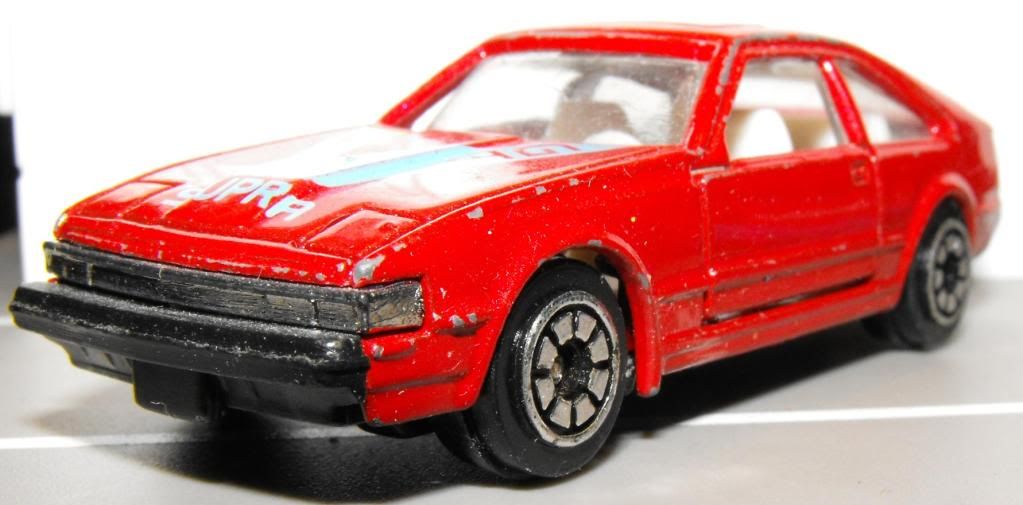
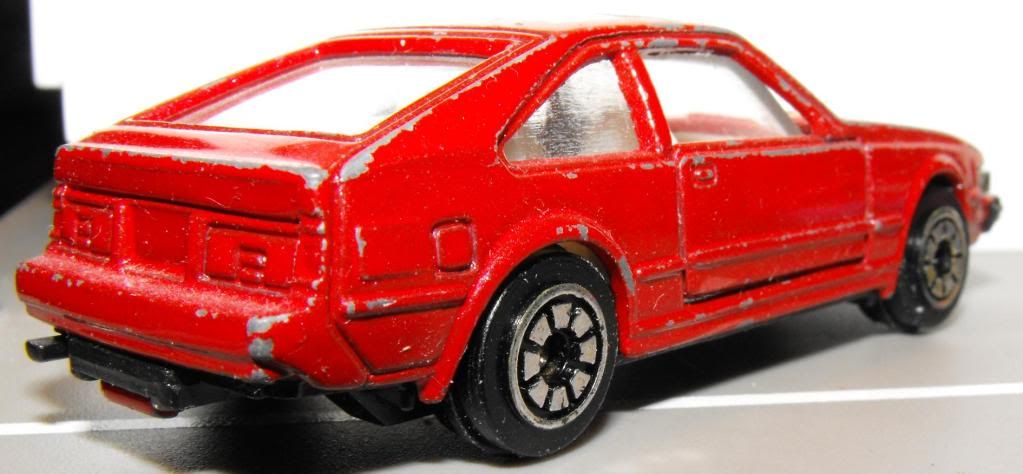
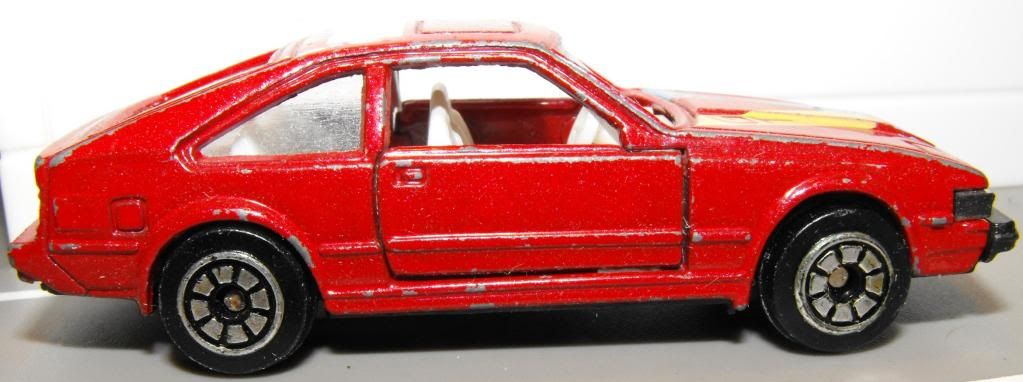

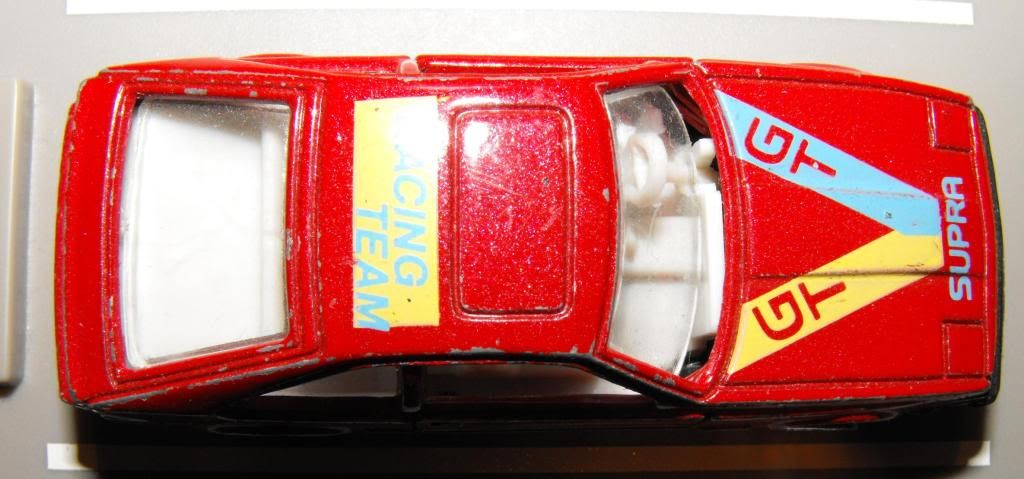
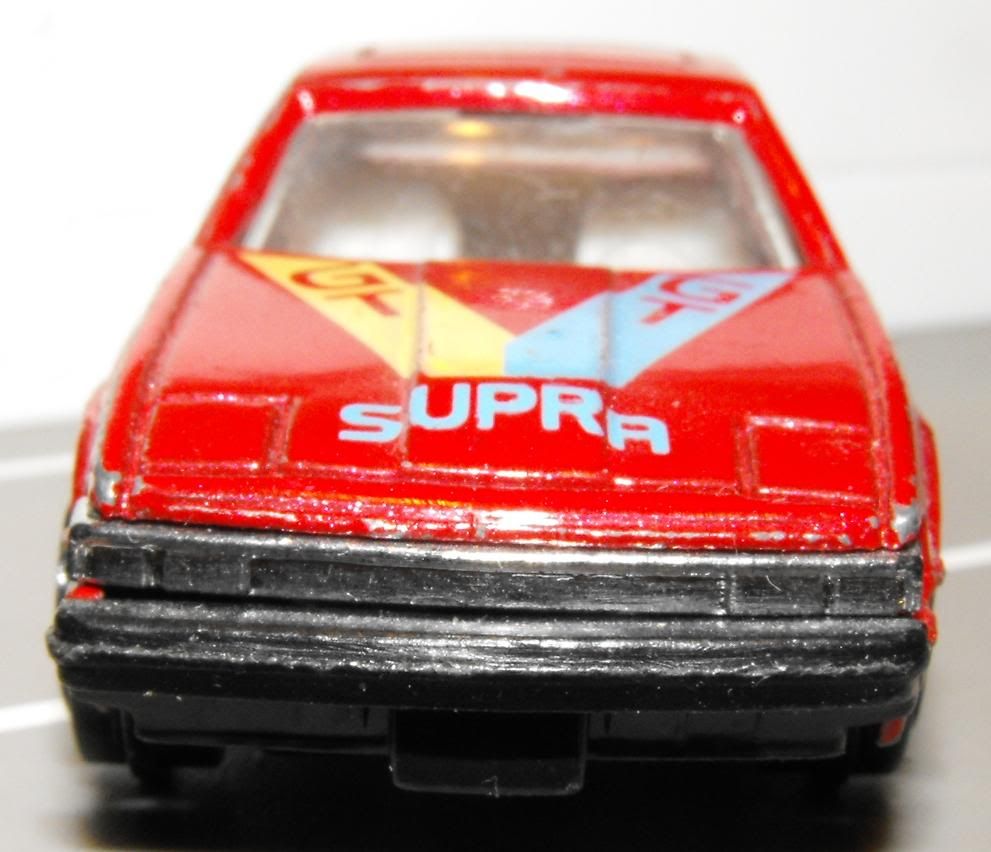

No comments:
Post a Comment